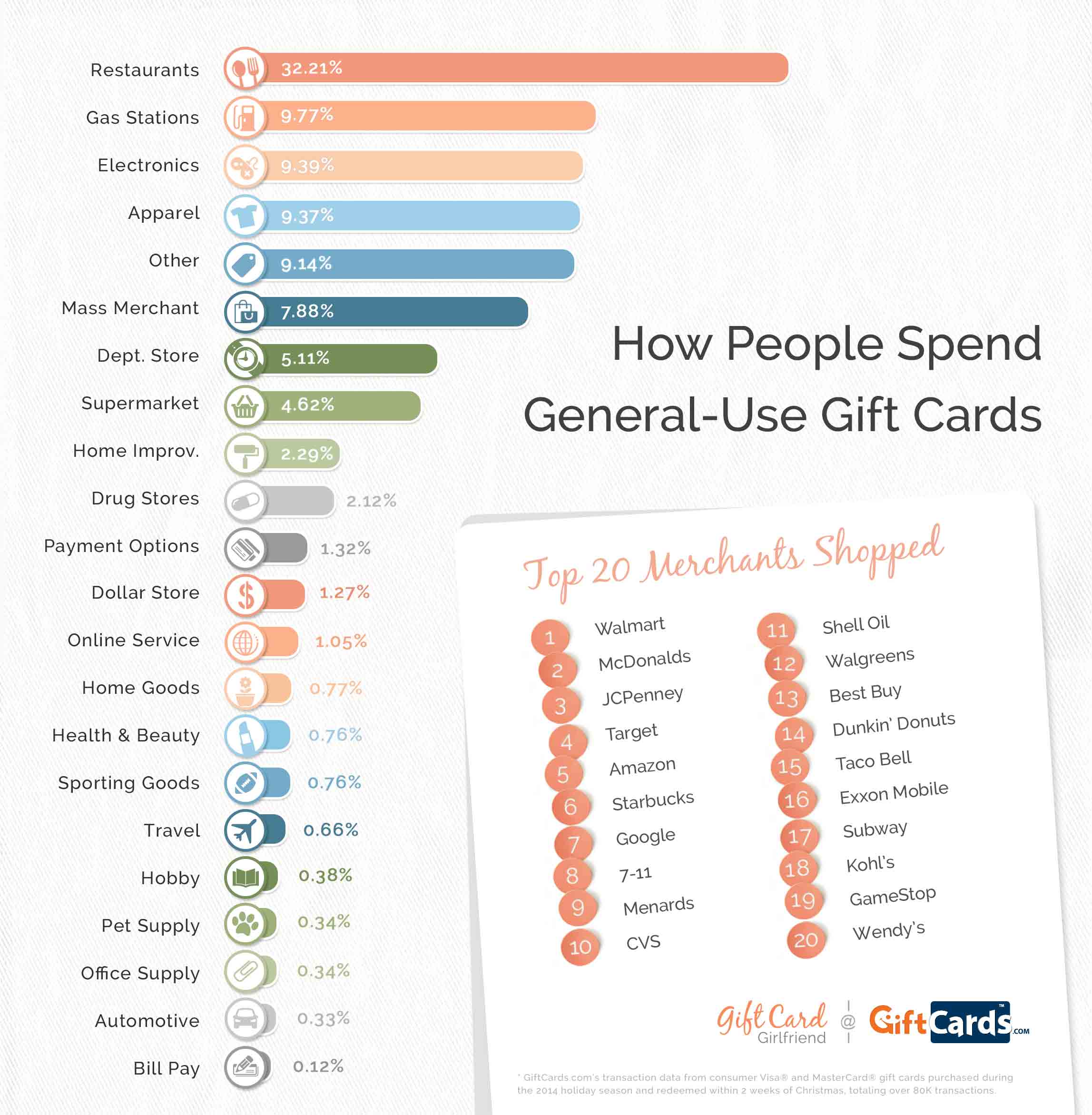B2b Uses For Personalized Glass
Exactly How to Display Engraved Glass for Optimum ImpactPersonalized glass is a kind of enhanced glasses that involves shallowly etching the surface of the glass. The etching varies from cut glass, which is made by utilizing a sawing motion to produce forms in the glass.
Laser etching can create carefully etched pictures on glass, yet the result can usually feel rough to the touch as a result of little shards of glass remaining externally. Amy shares some tricks she has actually picked up from dealing with Epilog lasers to prevent these concerns:
1. Hang it on the Wall surface
Traditionally, people prize glass for its elegance and beauty. However, it is a hefty and delicate material to work with and need to be meticulously handled in order to preserve the piece for many years ahead. To display your engraved glass, try to find hooks, braces or places that are specifically developed for this function. These can be discovered at equipment or art supply shops.
To reduce the opportunity of damages to your glasswork, apply a dampened solitary layer of paper towel to the surface. This will certainly avoid air bubbles or overlaps from influencing the etching outcome.
One more choice is to make use of application tape. This will certainly also aid in decreasing the surface of your workpiece from coming to be rough. Additionally, you can trying out different visuals handling setups for laser engraving glass. For instance, you might locate that a higher power establishing jobs much better with a reduced dpi, as this can minimize the opportunities of sharding. You can additionally try converting solid locations of fill to grayscale, as this will reduce the warmth affected zone.
2. Position it on a Table
Glass engravings add an innovative look to any type of area and can be made use of for a variety of functions. To make your glass inscriptions stick out, take into consideration frosting the surface area or including a paint fill to magnify the design's exposure.
Prior to running a laser etching work, it's important to test the rate and power setups on the sort of glass you will certainly be using. These refinements will allow your device to create the appearance you desire while lessening threats of errors and damage.
Including dampened paper towel or application tape to the surface area of your work surface before lasering can assist with heat dissipation, avoiding the glass from ending up being rough.
You can additionally attempt changing your visuals shade to 80% grayscale in order to more different the dots and decrease any kind of fracturing that might happen throughout the engraving procedure. By integrating these techniques, you can achieve near excellent results on a large range of glass products.
3. Position it on a Stand
The process of laser engraving glass calls for a good deal of precision. Inscribing on rounded surfaces like containers and tumblers is specifically difficult because of imbalance issues. A jig or clamp aids to support the object and make certain appropriate positioning.
It's also vital to select a high-contrast layout with strong lines and clear sides for the very best results. Utilizing software devices to adjust comparison and elegant vs casual engraving brightness can aid accomplish these objectives. Furthermore, it's a good concept to test your designs on scrap glass before etch the real product.
Adding a layer of dark paper to the surface of the glass before inscribing decreases breaking and boosts the total top quality of the final product. Additionally, a dampened single-layer of paper towel externally of the glass can reduce results from heat on huge surfaces. A rotating accessory is additionally recommended for round things, such as bottles. This tool assists to maintain the workpiece, lowering vibrations that can influence the accuracy of the laser's positioning.
4. Place it on a Floor
A straightforward way to present engraved glass is by placing it on the floor. This will certainly give the inscribing a more remarkable result, as it will be visible from all instructions. Engraved glass can also be hung from a ceiling for a a lot more distinct effect.
While standard methods of inscribing glass call for physical contact and may harm the surface area, laser etching is a non-contact process that permits the production of complex and comprehensive designs. Epilog Laser devices are user-friendly and come with intuitive software program that makes it very easy for anyone to develop a distinctive creative design.
Before lasering, the glass must be cleaned extensively. Applying a thin layer of unmixed meal soap to the area that is mosting likely to be etched will certainly help stop damage from warmth, as it dissipates the power produced during the inscribing process. Furthermore, utilizing the rasterization type "Bought Dithering" in your laser software application will lower the possibility of any type of harsh locations on huge surfaces and will improve general clarity.
